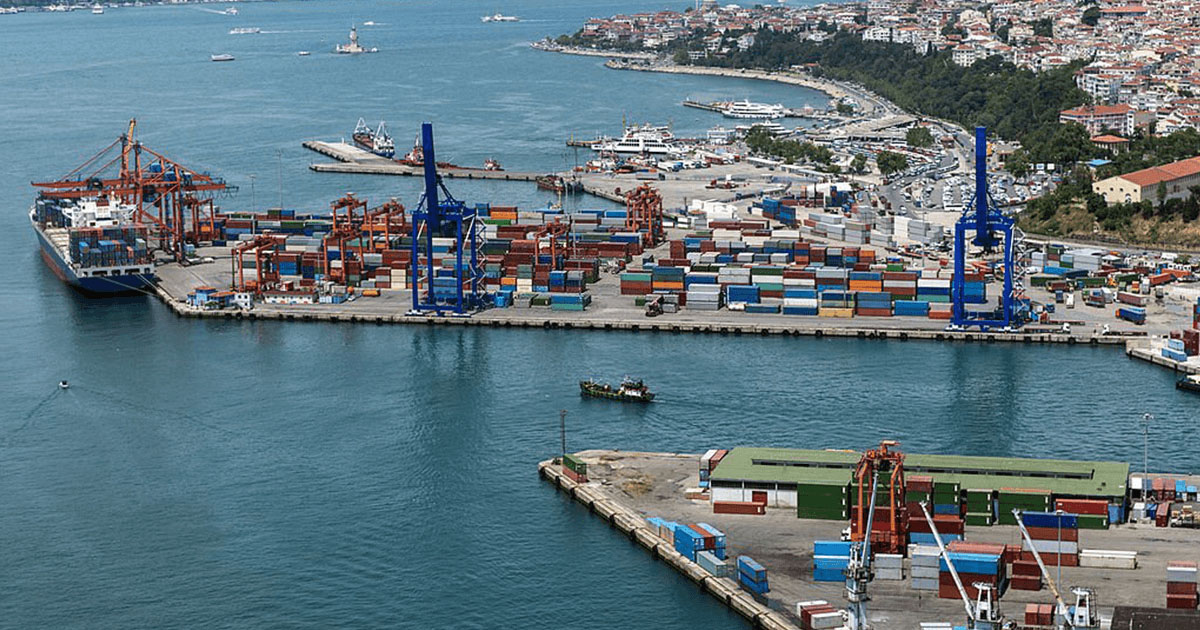Global biofuel demand is poised to shift toward the aviation and maritime sectors by 2030, with increased competition for feedstock waste oils expected to drive up prices, according to the International Energy Agency Oct. 9.
The biofuel market is projected to grow annually by 20%, reaching 58 million metric tons by 2030, from 16.5 million metric tons in 2023, highlighting the overall increase in biofuel production volume.
The share of biofuels in total liquid fuel transport demand is set to rise from 5.6% to 6.4%, amounting to 215 billion liters by 2030, according to Renewables 2024, the IEA's annual report for the sector.
The US, Europe, Brazil, Indonesia and India will be the primary growth regions, with road biofuel demand increasing by 27 billion liters and aviation and maritime fuel usage rising nearly 9 billion liters.
Aviation, maritime surge
By 2030, aviation and shipping will account for over 75% of new biofuel demand, with average consumption rising by 30%, the IEA said.
Maritime biodiesel use is projected to rise by 1.8 billion liters by 2030, driven by ReFuelEU Maritime legislation, which mandates greenhouse gas intensity reductions. The demand for biodiesel in shipping is expected to grow significantly, particularly in Europe, despite competing LNG and shore power options.
SAF demand is anticipated to reach nearly 9 billion liters by 2030, constituting about 2% of global jet fuel demand. New EU mandates and US policies are expected to support this growth as significant SAF fuel production capacity is already in development, particularly in Europe and North America.

Feedstock
The total road feedstock demand is projected to increase by 13% to over 700 million mt by 2030, accounting for nearly 90% of global biofuel feedstock demand growth.
This surge is primarily led by vegetable oils and residue oils for biodiesel and renewable diesel production, with demand concentrated in the US, Indonesia, Brazil and Europe.
Demand for feedstocks like residue oils used cooking oil, tallow and palm oil mill effluent is expected to increase by 70%, reaching 30 million metric tons/year. Sustainable aviation fuel and biodiesel producers are competing for this limited supply, crucial for low-carbon biofuel production, the IEA said.
The report highlighted that alternative production methods offer limited short-term relief, as many vegetable oils are restricted under EU policies. However, medium-term prospects look brighter, with new agricultural practices being supported by US and EU policies. Upcoming projects in cellulosic ethanol and Fischer-Tropsch renewable diesel are expected to boost biofuel production.
"These projects would expand biofuel production from emerging technologies nearly tenfold," the IEA said.

Meanwhile, most new ethanol production in Brazil and India will rely on starches and sugars. Demand for other feedstocks such as woody wastes and residues for cellulosic ethanol and FT renewable diesel will surpass 2023 levels by more than five times, but they will remain less than 1% of overall feedstock demand.
The feedstock demand for biojet fuel will increase to 13 million mt annually by 2030, with nearly 70% of this demand coming from residue oils.
The IEA said domestic availability primarily determines the types of feedstocks used in different regions. Also, sustainability requirements such as GHG intensity will limit some feedstock use and drive imports.
Road ramp-up
In the road segment, Brazil, India and Indonesia will account for the majority of new demand as stricter mandates are implemented, bringing global road biofuel demand to 205 billion liters. Economic activity and relatively slower electric vehicle adoption will lead this surge.
In contrast, biofuel demand in the US and EU is expected to stagnate due to increasing electric vehicle adoption and efficiency standards. While transport policies remain in place in both regions, EV use can also count toward meeting EU transport targets and US state-level low-carbon fuel standards.

Prices plummet
The report said road biofuel prices have declined from their 2022 peaks, with ethanol prices falling by nearly 25% and biodiesel/renewable diesel prices decreasing by over 35%.
This decline is primarily attributed to lower feedstock costs, including a 10% drop in sugar prices, a 35% decrease in corn prices and a 30% reduction in vegetable oil prices between 2022 and the first half of 2024.
However, market prices for biodiesel and renewable diesel remain 15% higher than their 2010-2019 average, while ethanol prices are near this average.
In Europe, inexpensive Chinese imports and lower demand have prompted European producers to increase biodiesel exports to the US.
Over the medium term, biodiesel and renewable diesel prices are expected to remain above historical averages due to continued high demand for feedstocks in road, aviation and maritime fuels.

In contrast, ethanol prices are likely to face less pressure as feedstock production shares remain steady and ethanol demand declines in some markets.
SAF fuel prices have fallen by nearly 30% in 2024 compared with 2023 but remain more than double the price of fossil jet fuel. The price decline is primarily due to falling vegetable oil and residue oil prices and increased production capacity.



